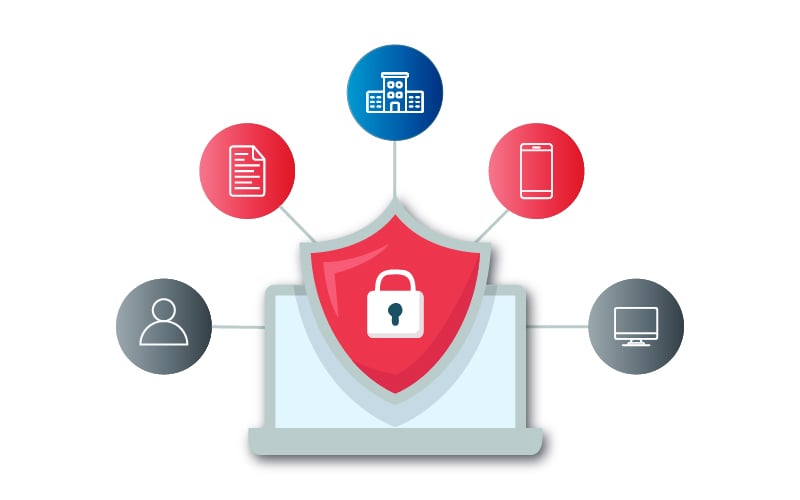The increasing sophistication of cyberattacks poses a substantial threat to businesses and individuals, prompting the need to turn to unified protection as opposed to individual security measures. Reports in Techopedia provide the following statistics:
More alarmingly, a Forbes article reveals that businesses do not always have a plan to tackle the security challenges: 83% of small and medium-sized businesses are not financially prepared to recover from a cyberattack.
As the need for comprehensive cybersecurity solutions or unified protection escalates, one of the ways in which businesses can handle this challenge is through Managed Endpoint Security, a robust strategy that integrates multiple security components, including firewalls, to provide unified protection.

With the increase of remote work and use of mobile devices, the attack surface has expanded, and traditional security measures may no longer be sufficient to safeguard data and systems. Businesses need to identify and close the gaps in network infrastructure, applications, and endpoints.
Given the complexity of modern cybersecurity threats, the traditional method of deploying standalone security tools can be fragmented, prompting the need for a more cohesive and centralized approach.
Managed Endpoint Security is a comprehensive solution or unified protection that combines various security measures into a unified framework. It extends protection beyond the network perimeter, focusing on individual endpoints, such as laptops, desktops, smartphones, and servers. This approach addresses the vulnerabilities and potential entry points that cybercriminals often exploit.
A foundational element of network and managed endpoint security, firewalls act as gatekeepers, filtering incoming and outgoing traffic per predefined rules. However, traditional firewalls primarily focus on network traffic, leaving endpoints vulnerable to threats. Integrating firewalls into endpoint security with the help of managed endpoint security leverages firewalls as a core component of defense strategy. This helps organizations extend their security measures to individual devices, helping ensure that even if an attacker breaches the network perimeter, they still face barriers at the endpoint level.
While firewalls and VPNs are critical components of managed endpoint security, this approach encompasses a broader range of security measures. It includes antivirus and anti-malware solutions, intrusion detection systems, data loss prevention, and security patch management, among others. This comprehensive approach aims to address all potential attack vectors effectively.
Centralized management and monitoring are pivotal aspects of managed endpoint security. A unified dashboard allows security teams to oversee and control all security components from a single interface. This simplifies security operations, enhances incident response, and facilitates compliance with regulatory requirements.
Selecting the right managed security provider (MSP) is paramount. An MSP with a proven track record in deploying and overseeing managed endpoint security solutions can offer expertise and resources to fortify an organization’s security posture. Organizations should consider factors such as the MSP’s experience, reputation, scalability, and the comprehensiveness of their security offerings when making a decision.
As the threat landscape continues to evolve, businesses must adapt by implementing advanced cybersecurity measures. Managed endpoint security, with its unified approach that combines essential components like firewalls and VPNs, offers a powerful strategy for protecting against cyber threats. In an interconnected world, unified protection is not just a luxury; it’s a necessity.
Explore the power of professionally managed endpoint security and discover how it fortifies your security landscape for both your organization and your customers. Learn more about unified protection against evolving cyber threats.
Connect with our experts to learn how to safeguard your digital assets effectively in an interconnected world where unified protection is not just essential, but imperative. You can also contact us at sales@analytix.com or call 781.503.9003 today to bolster your cybersecurity defenses.